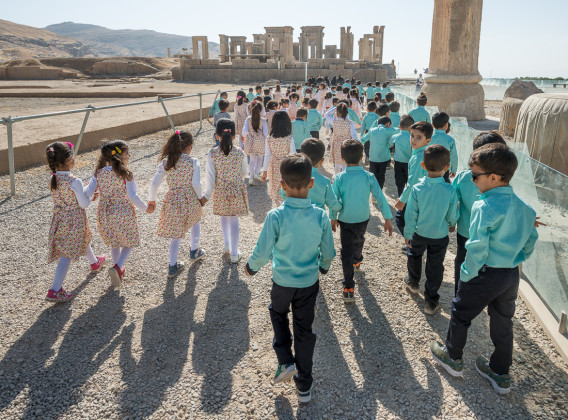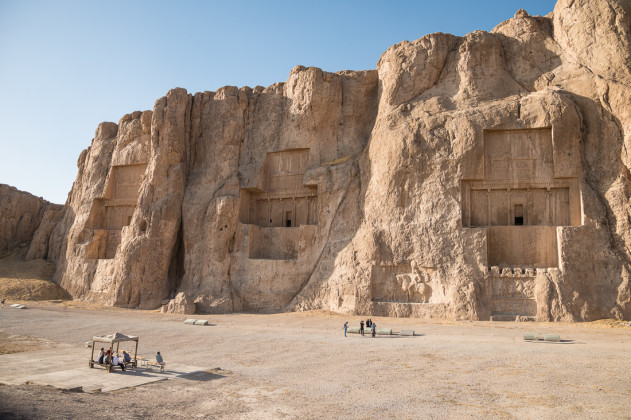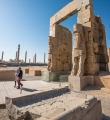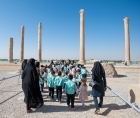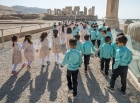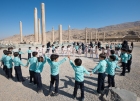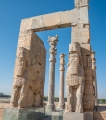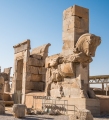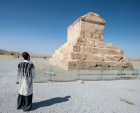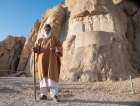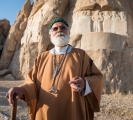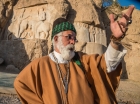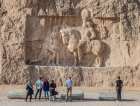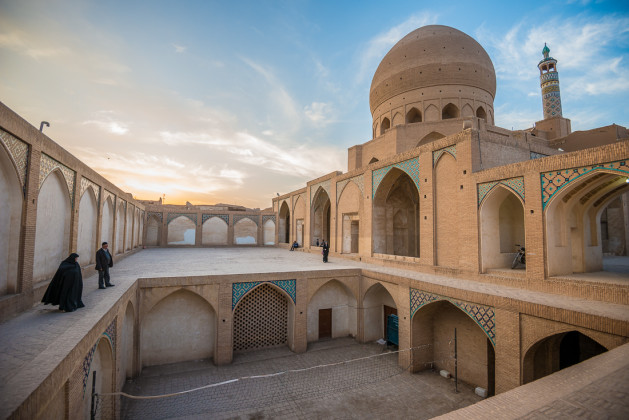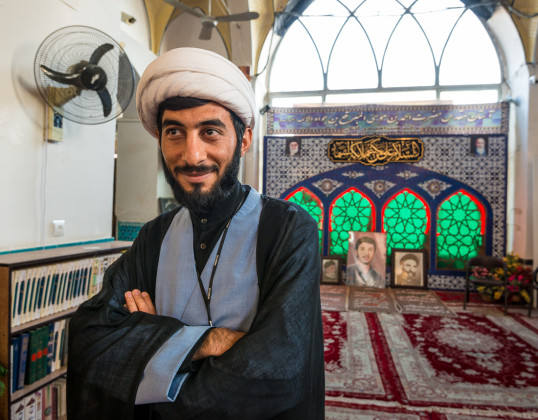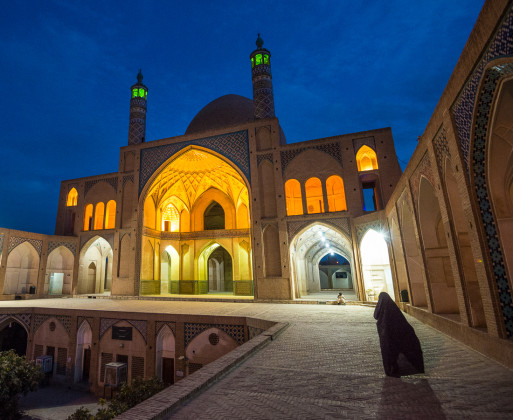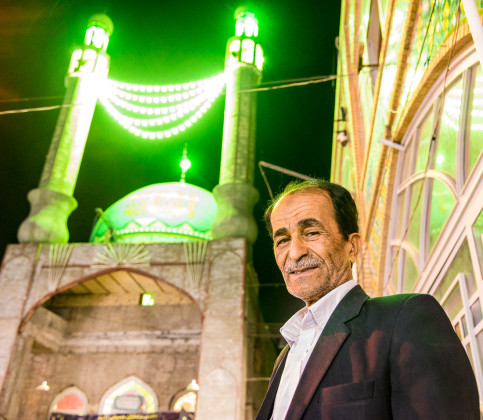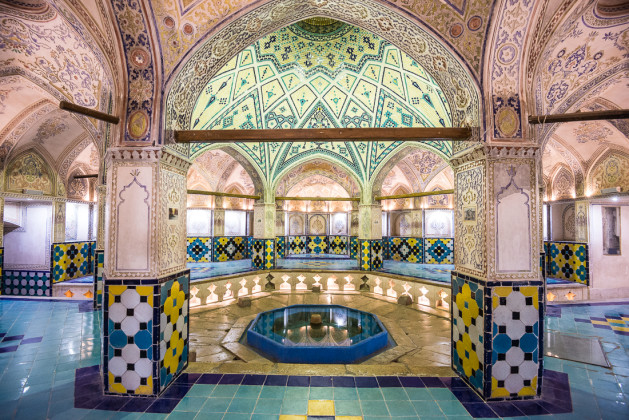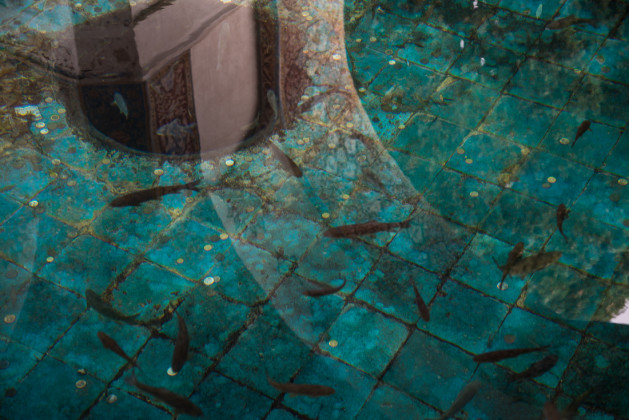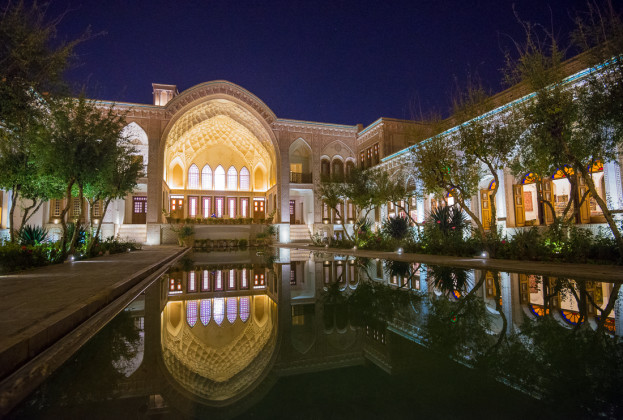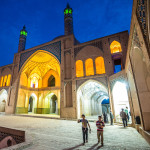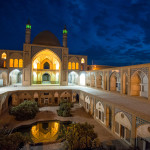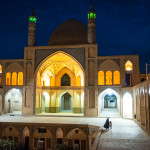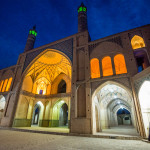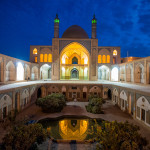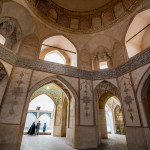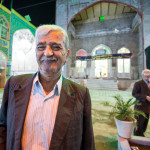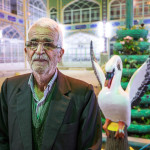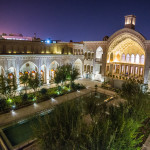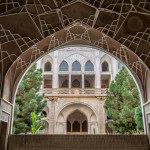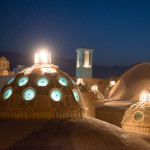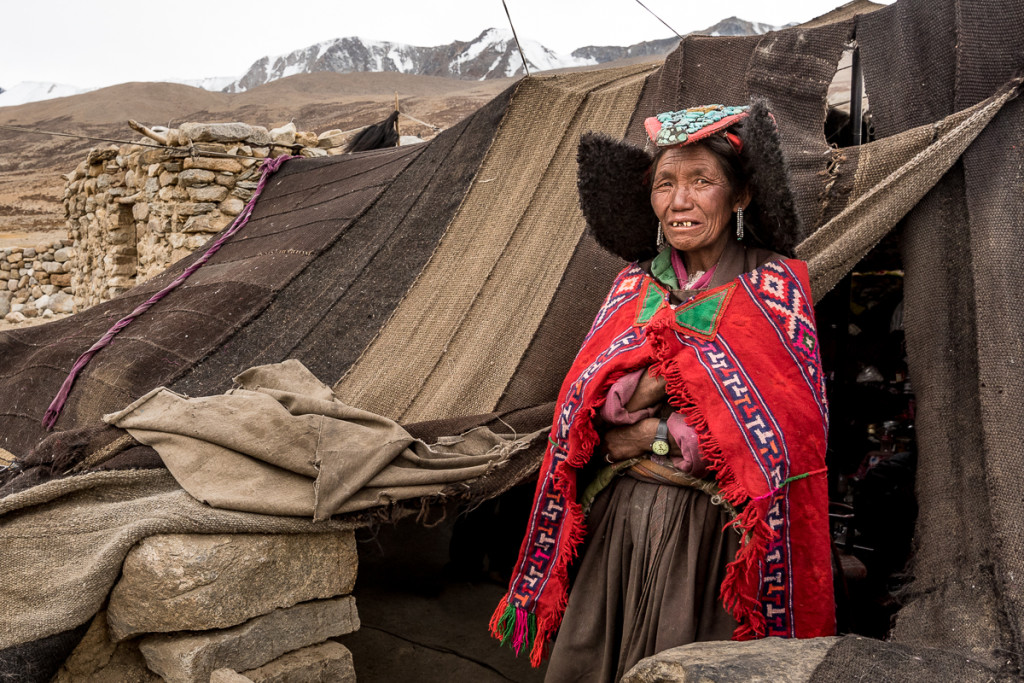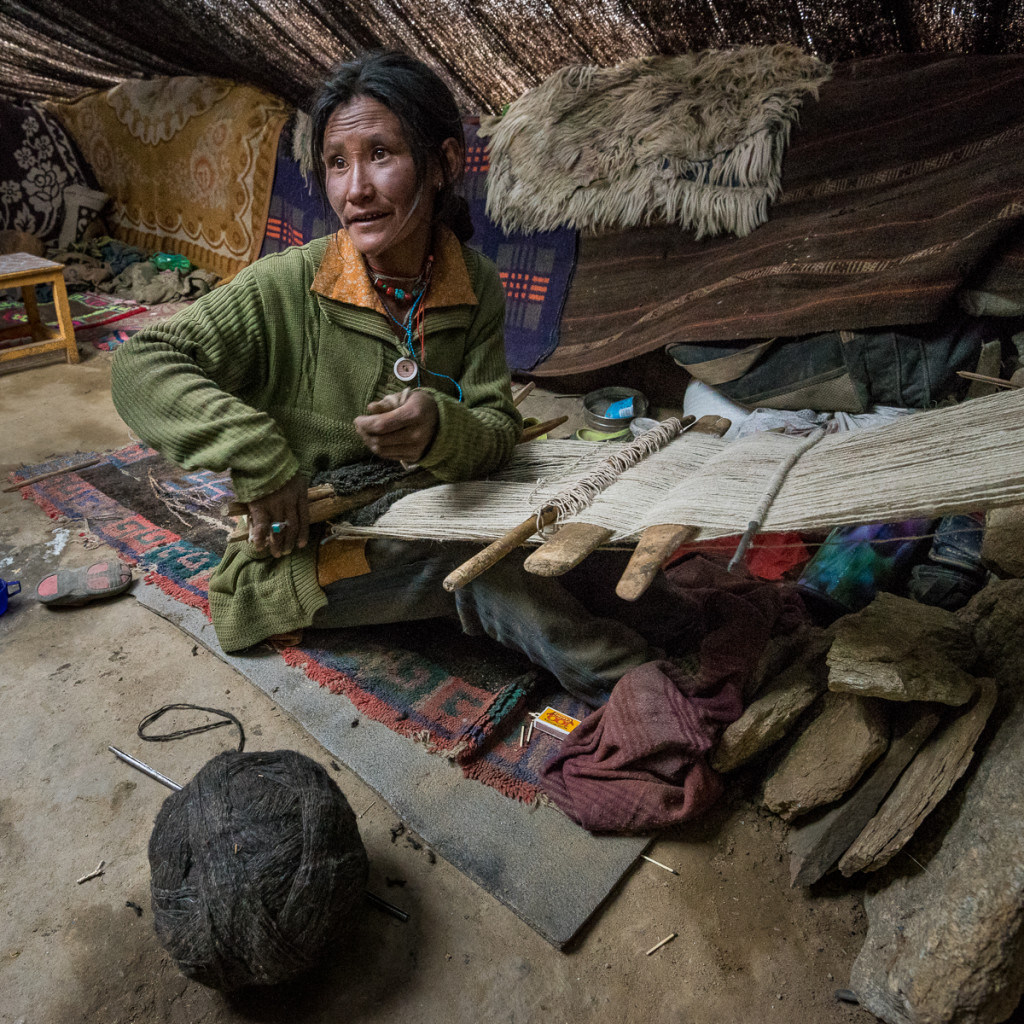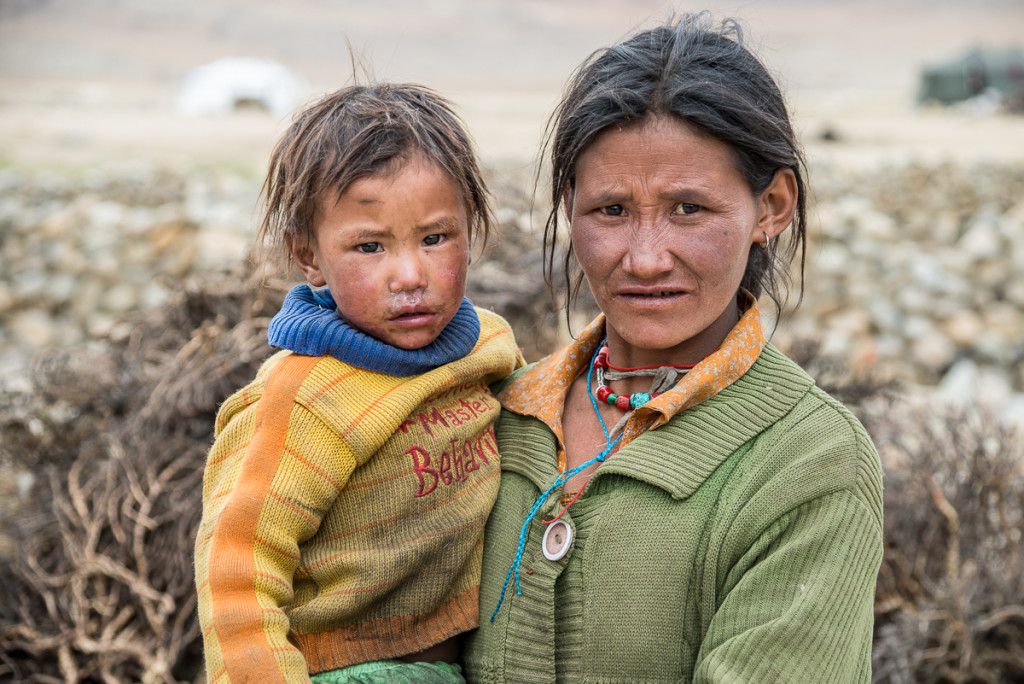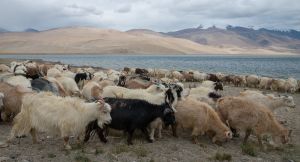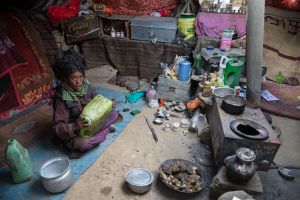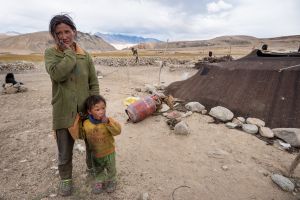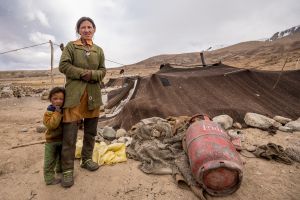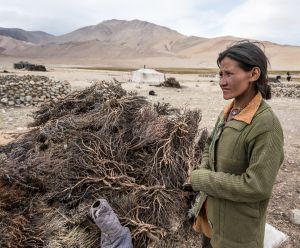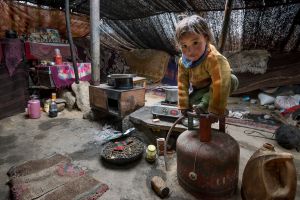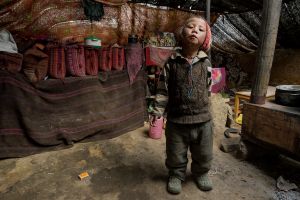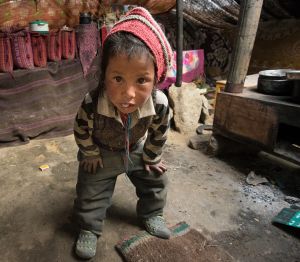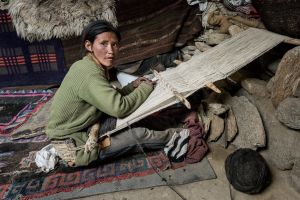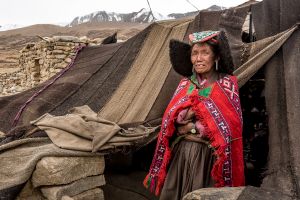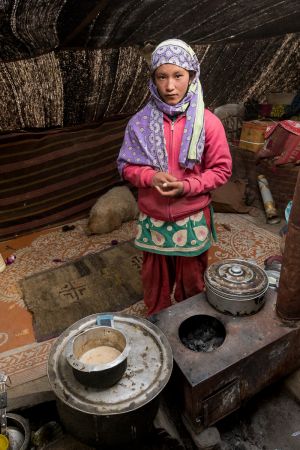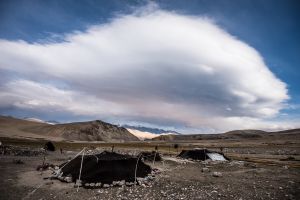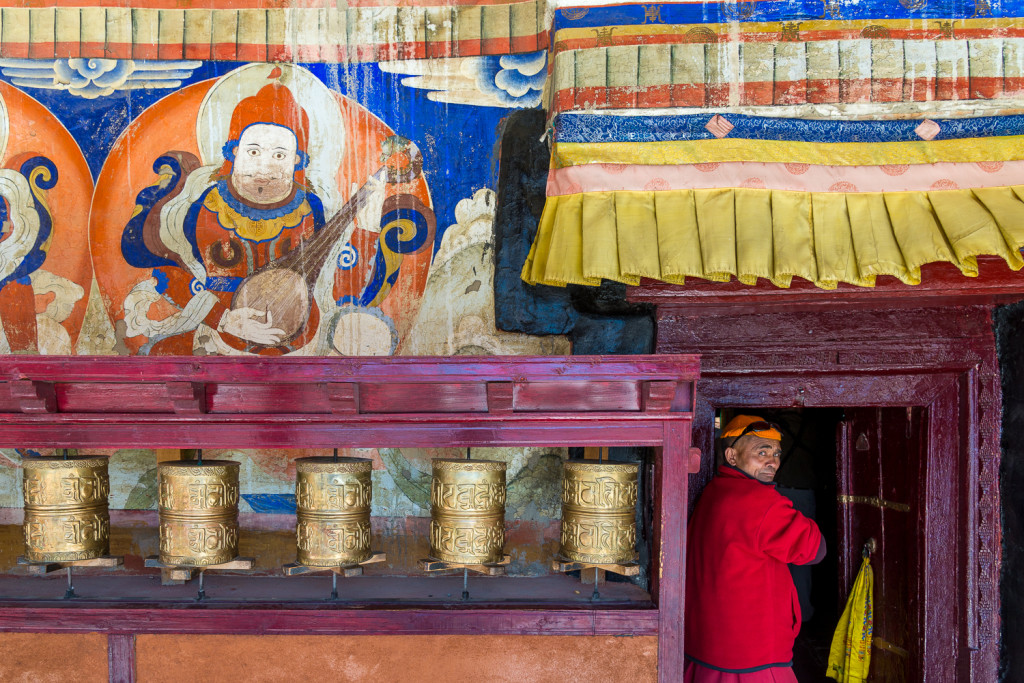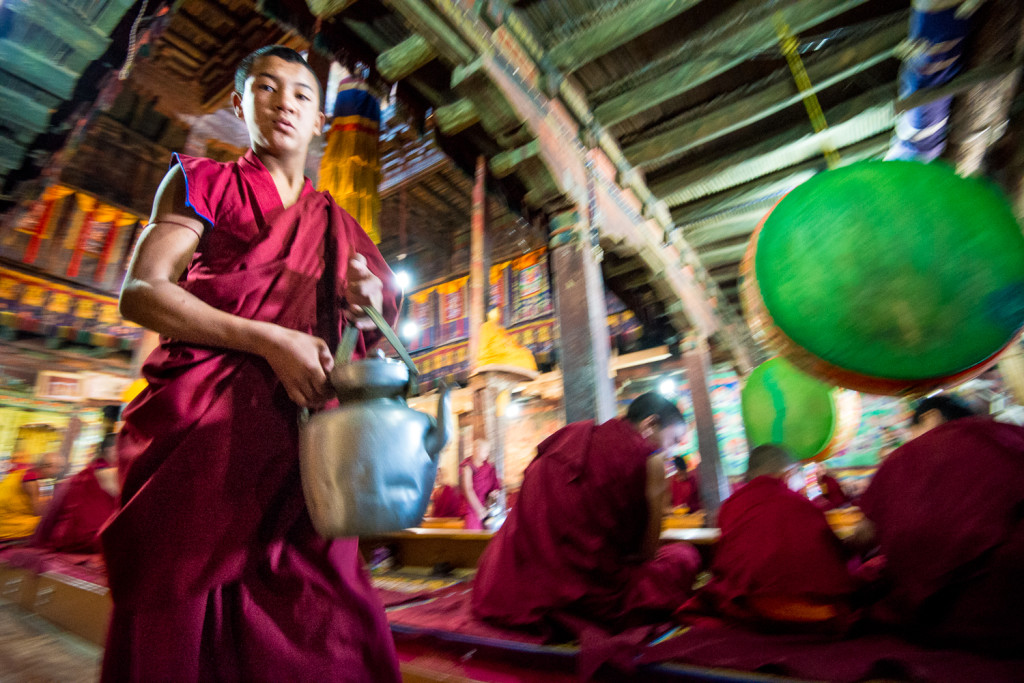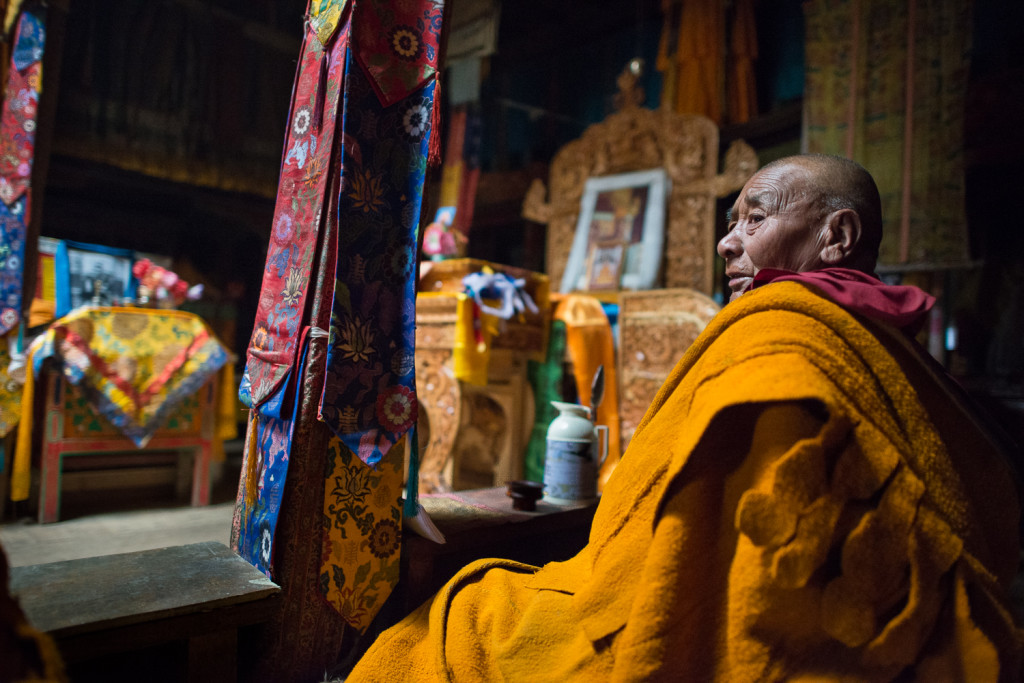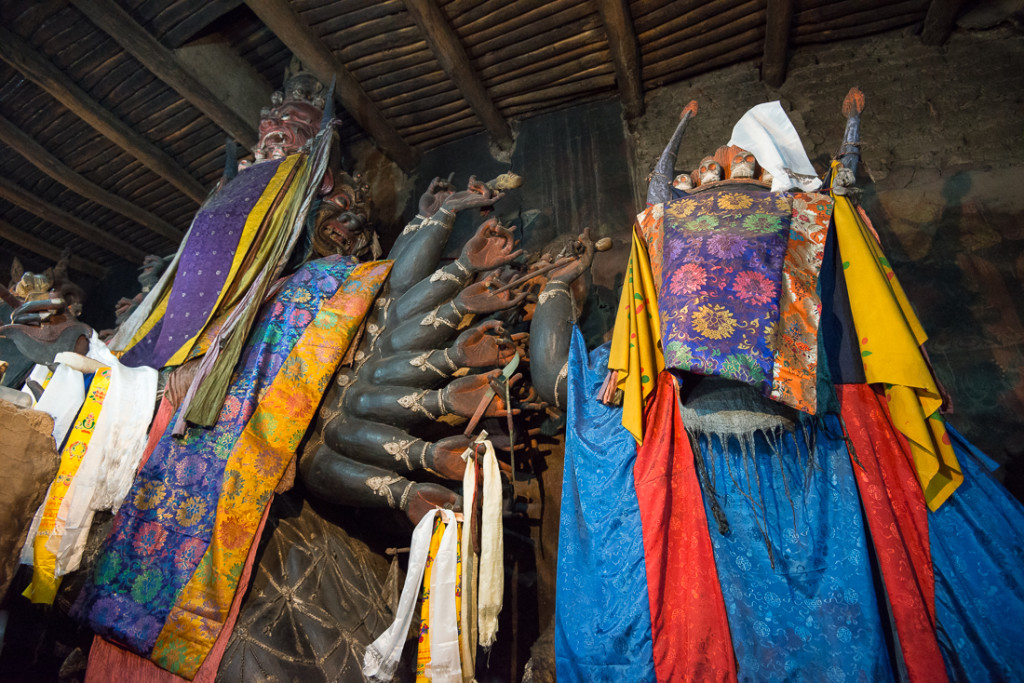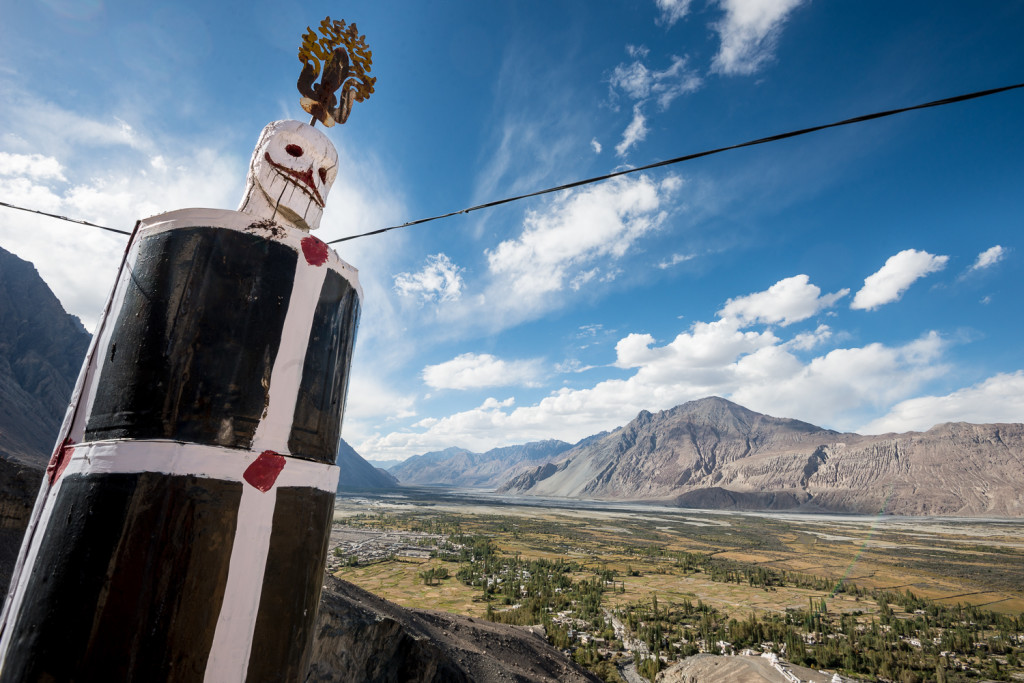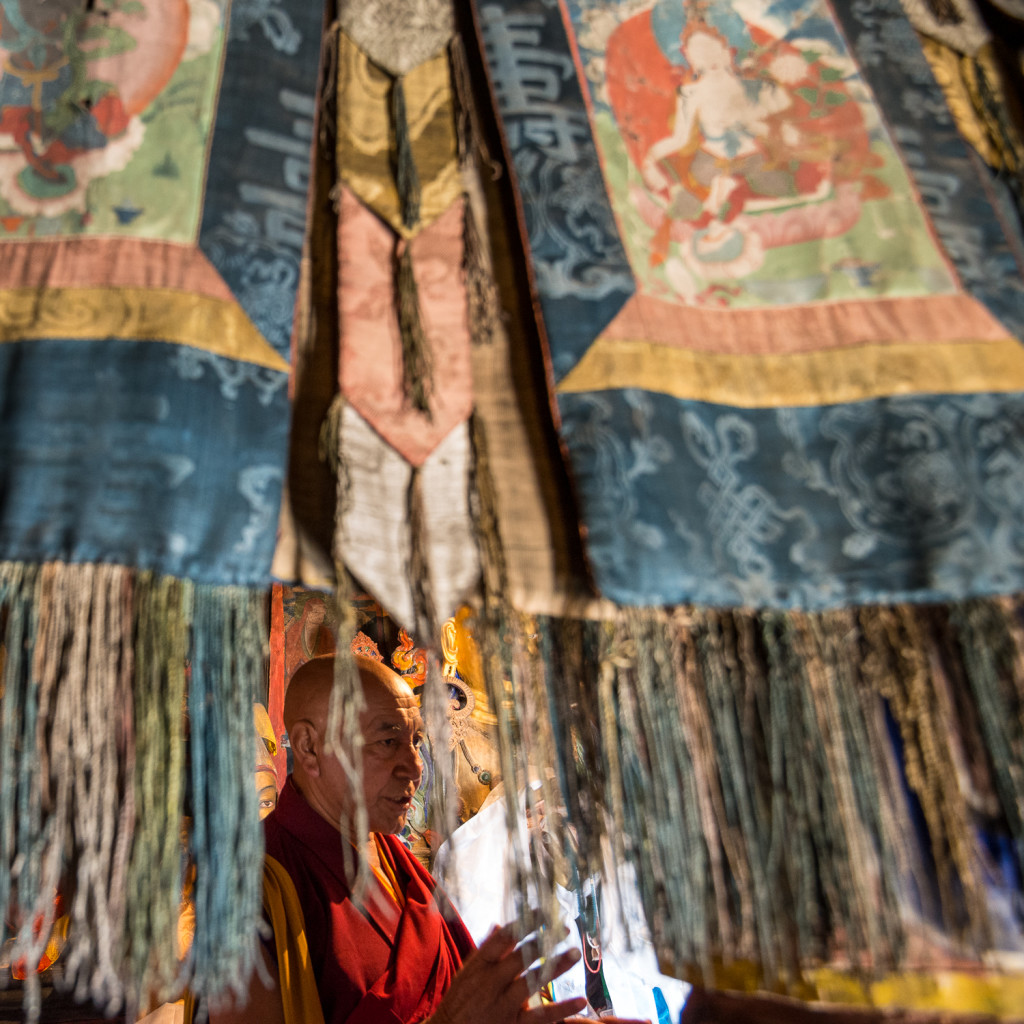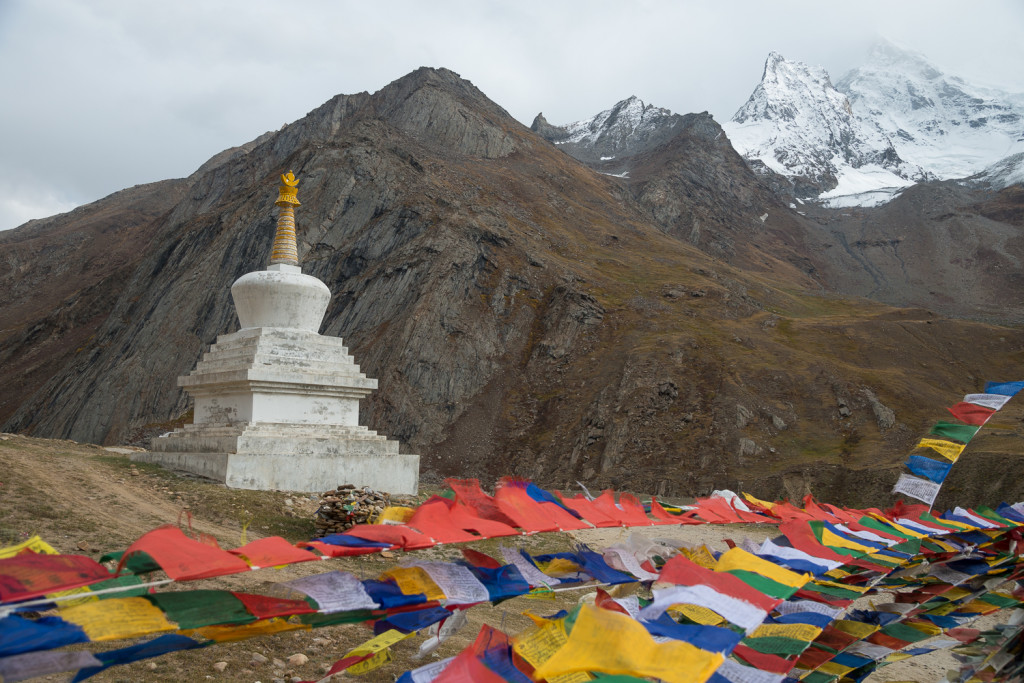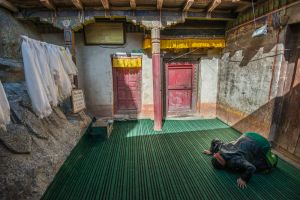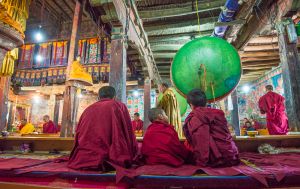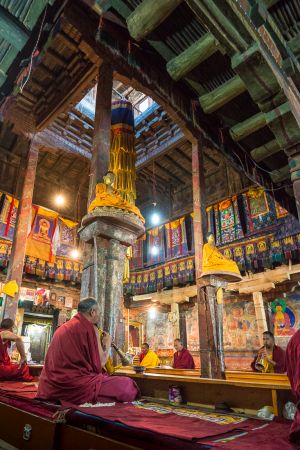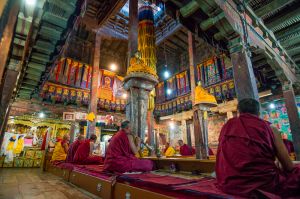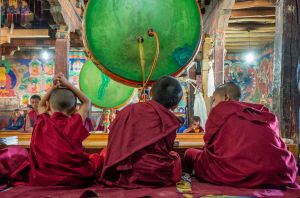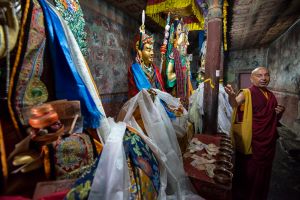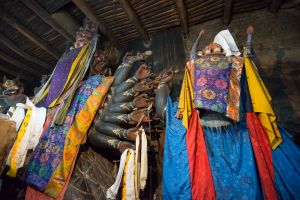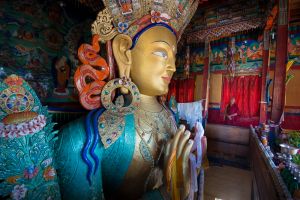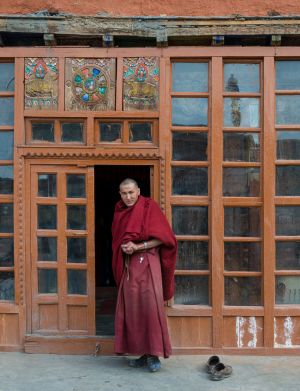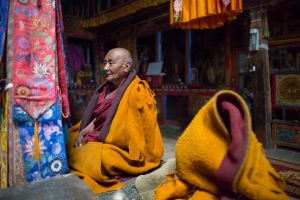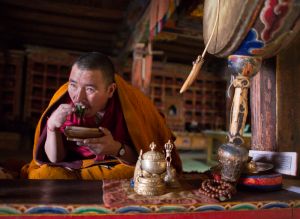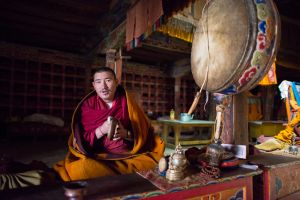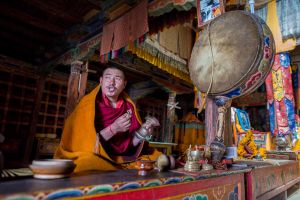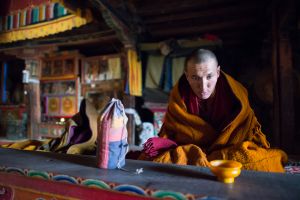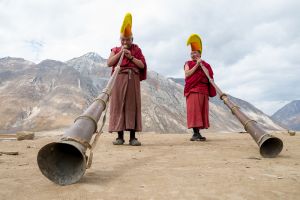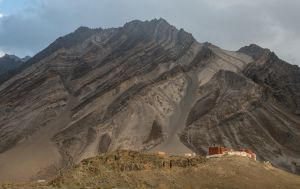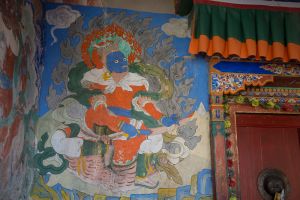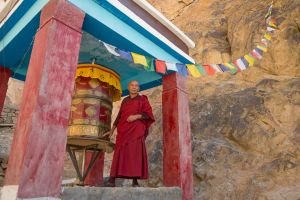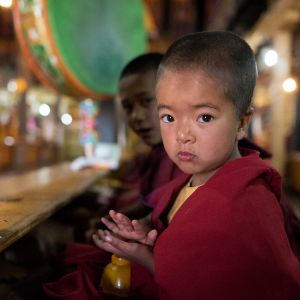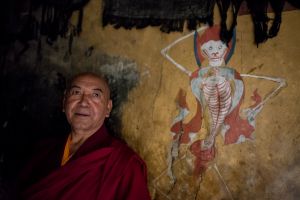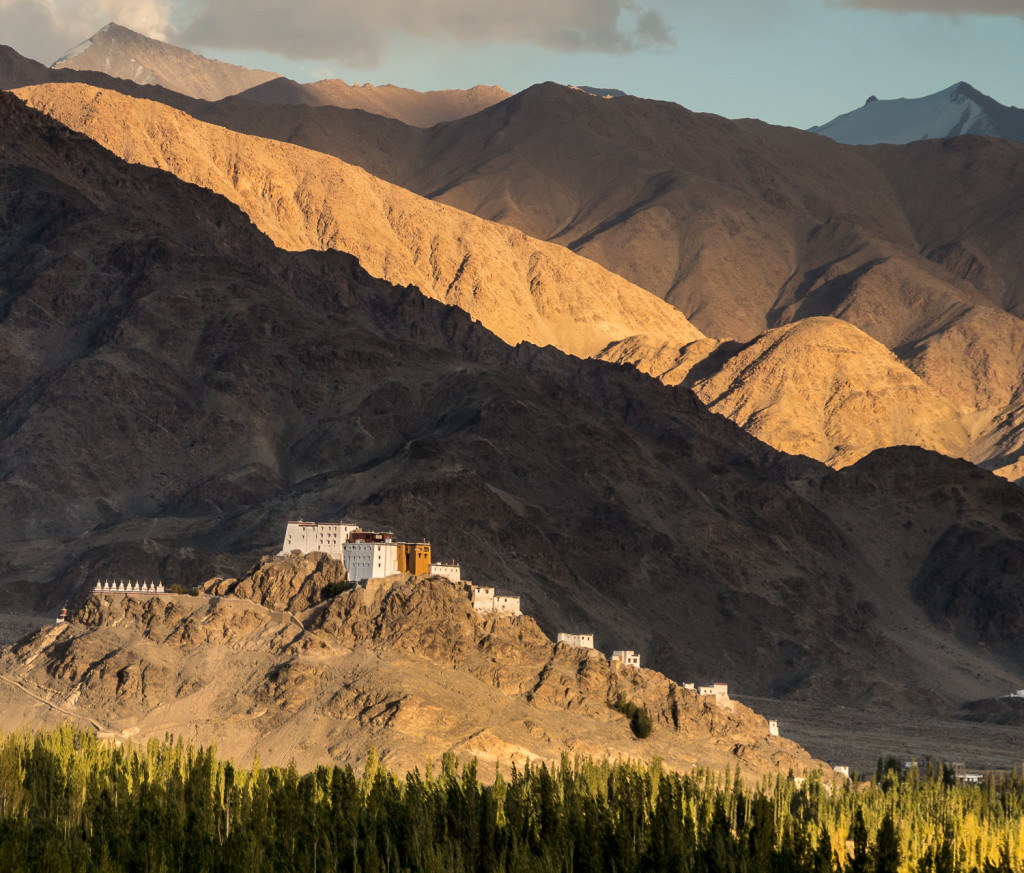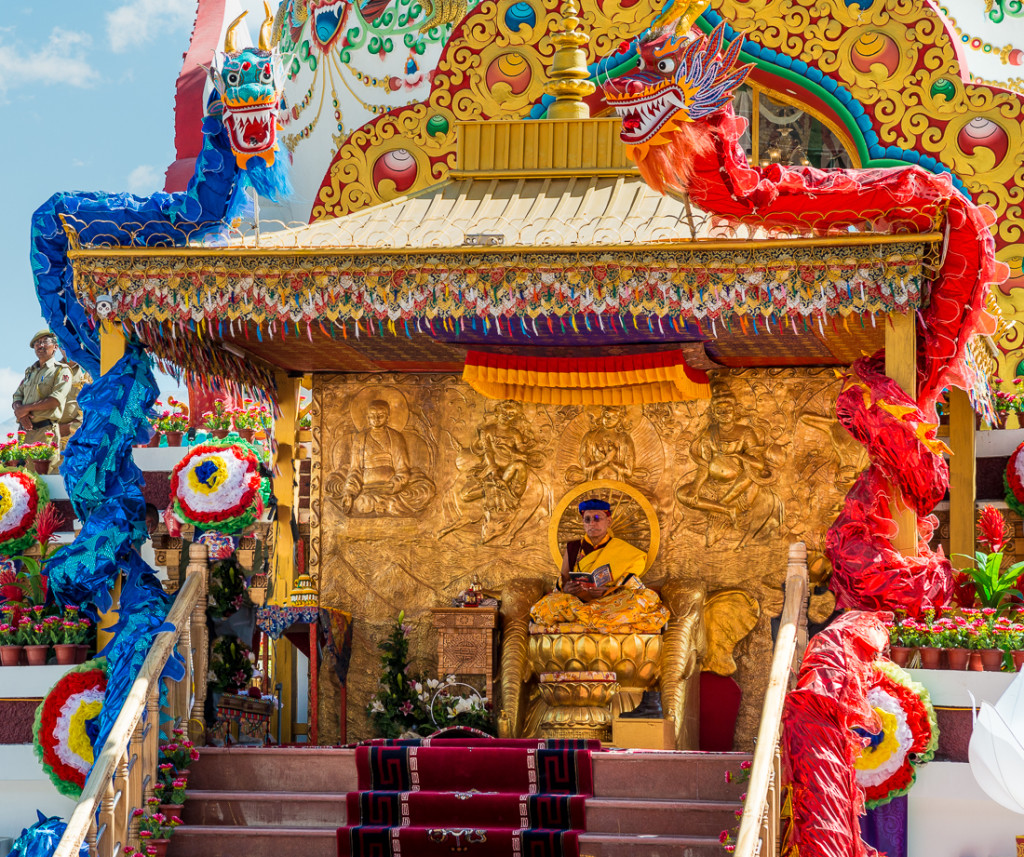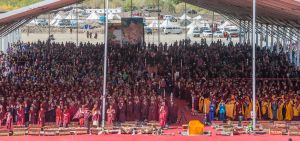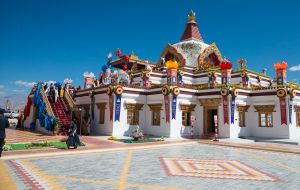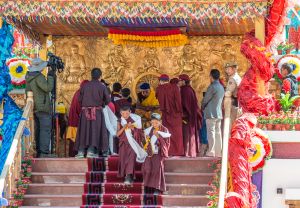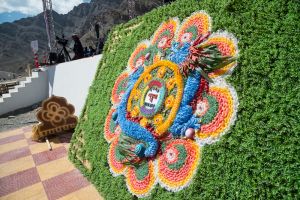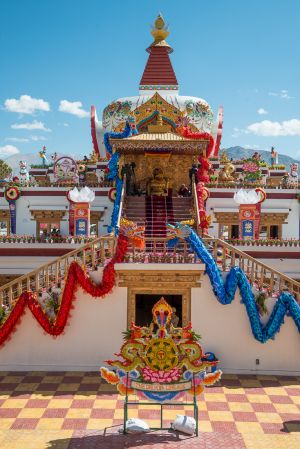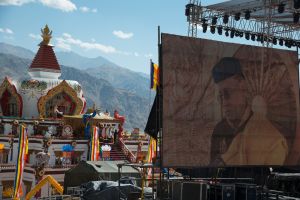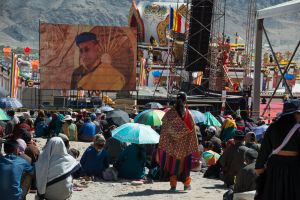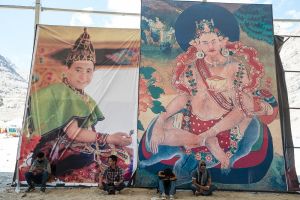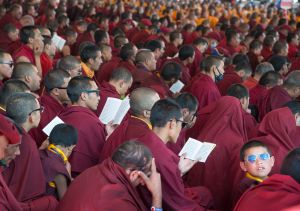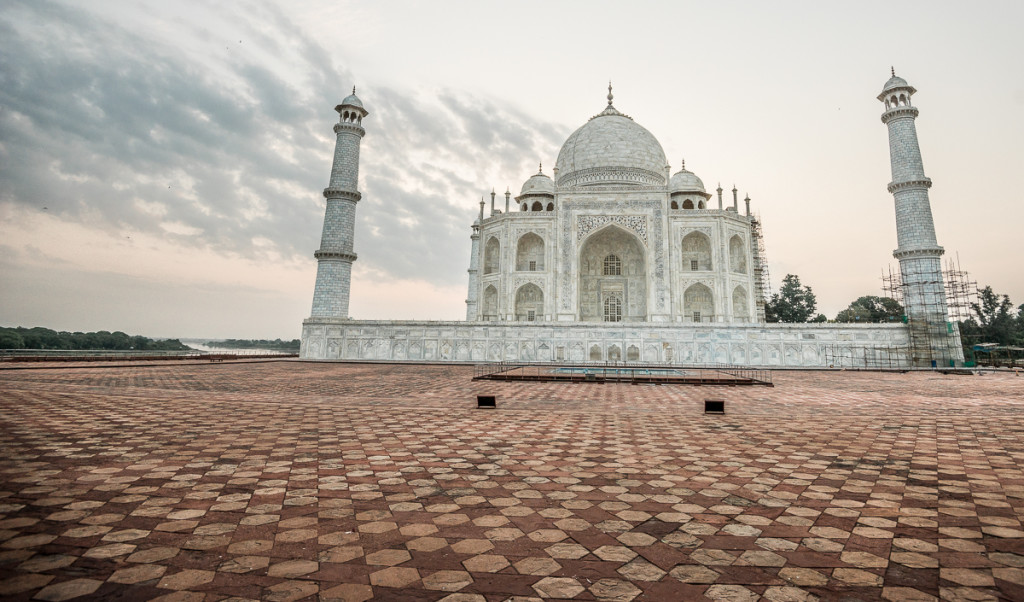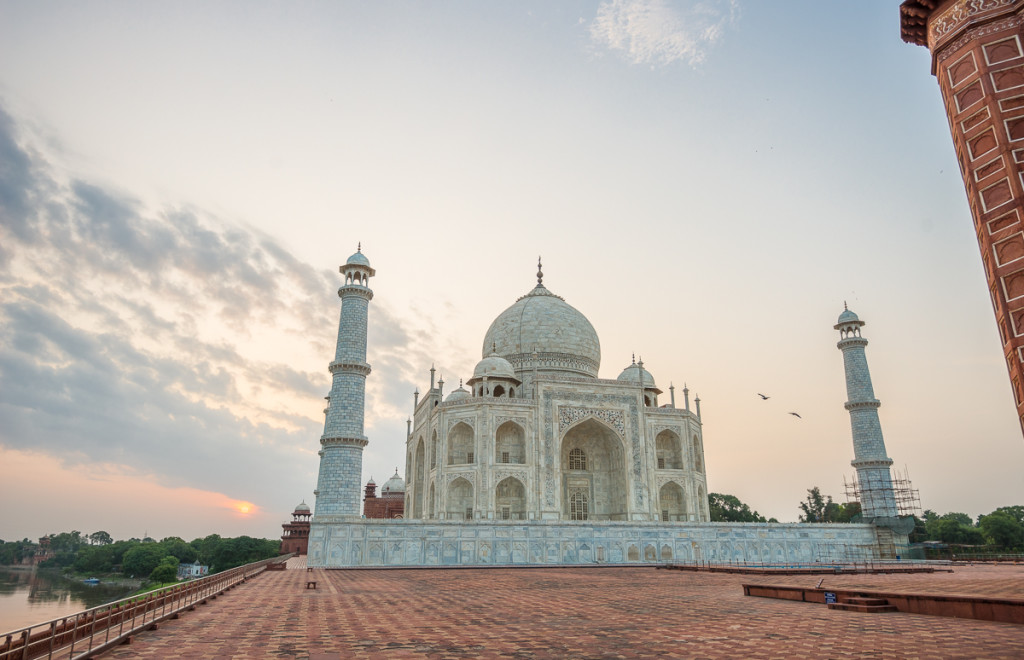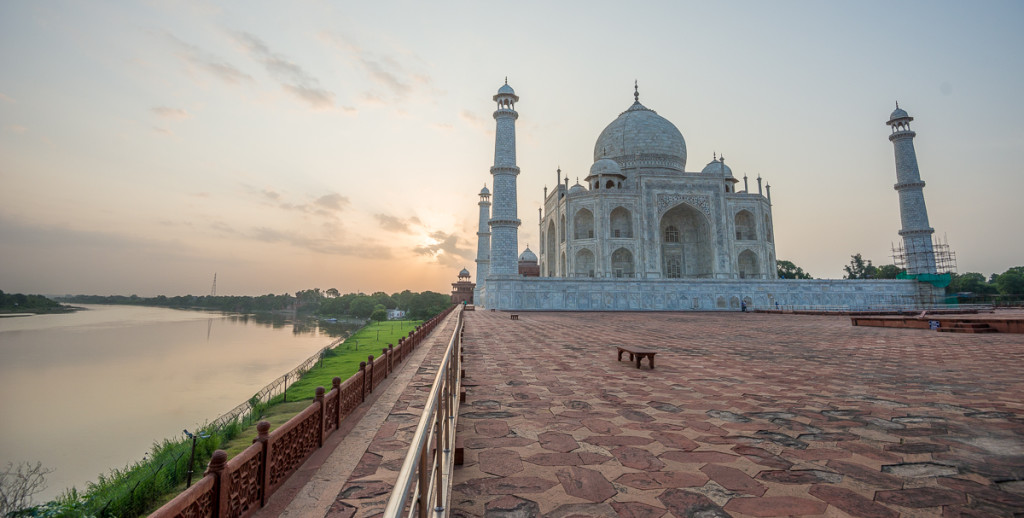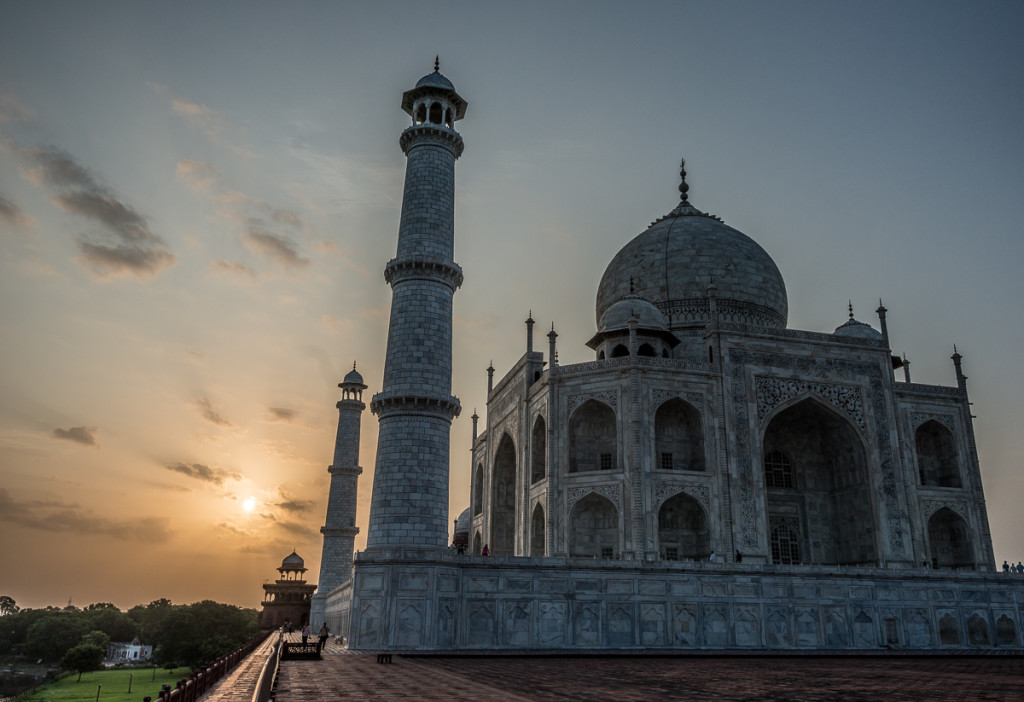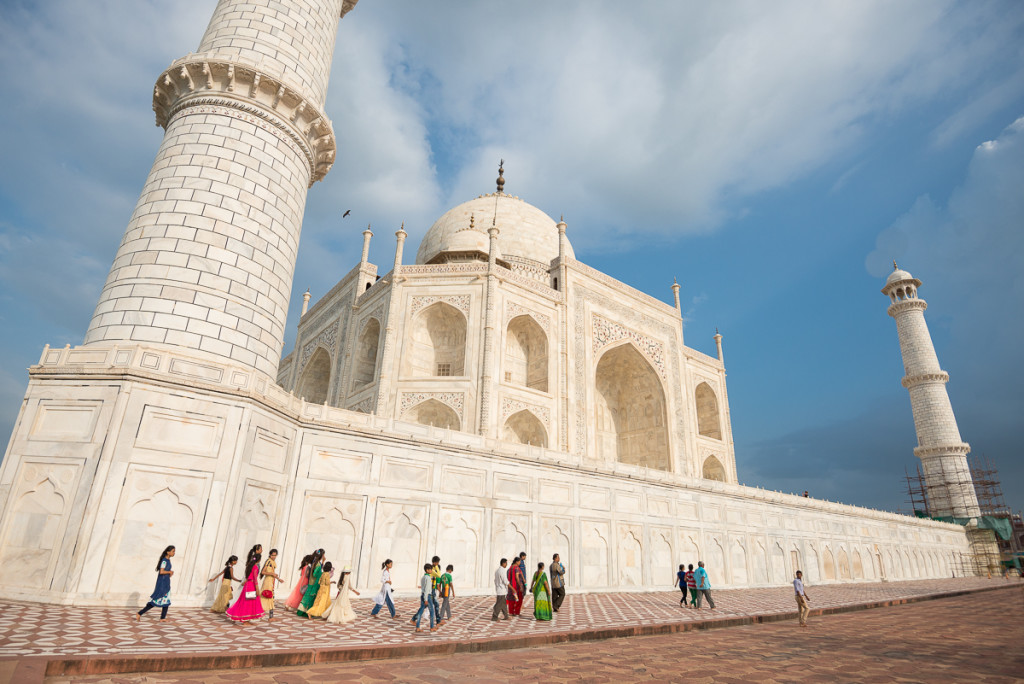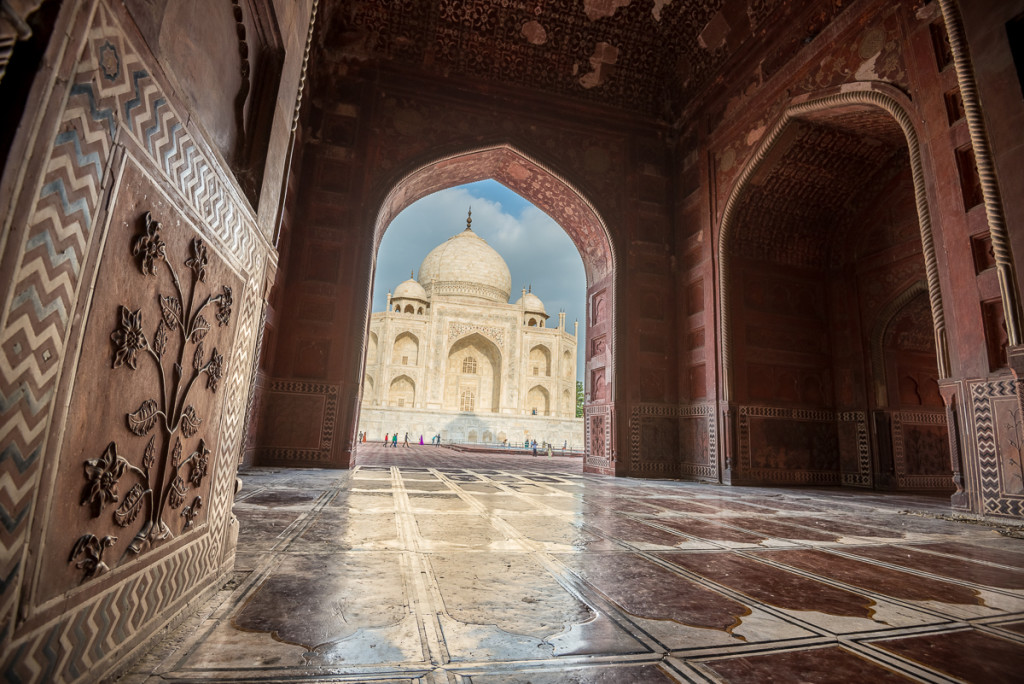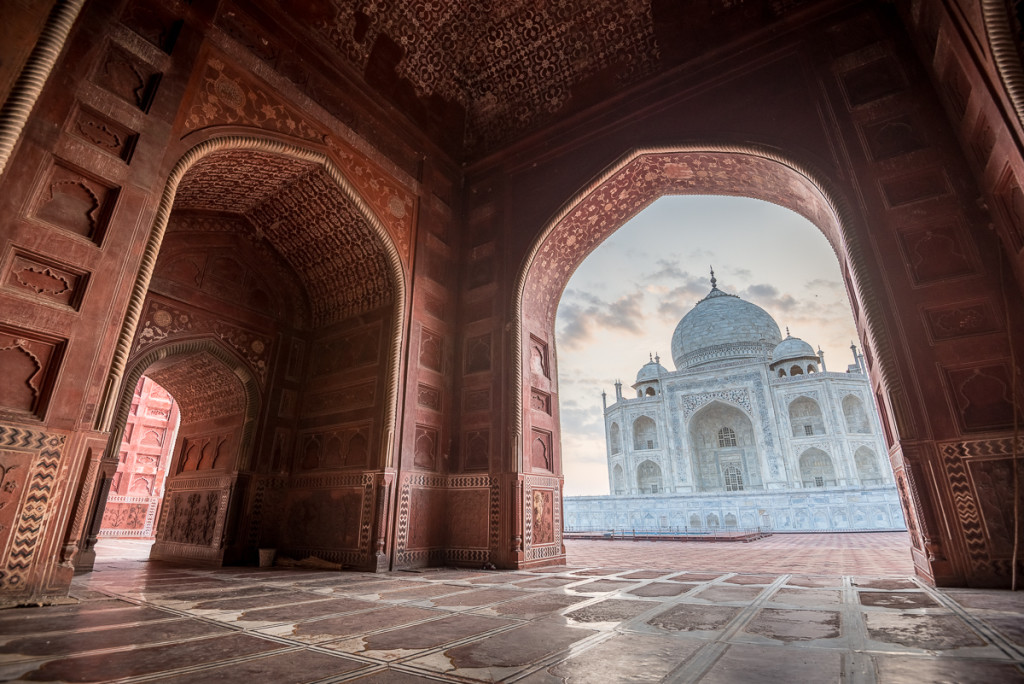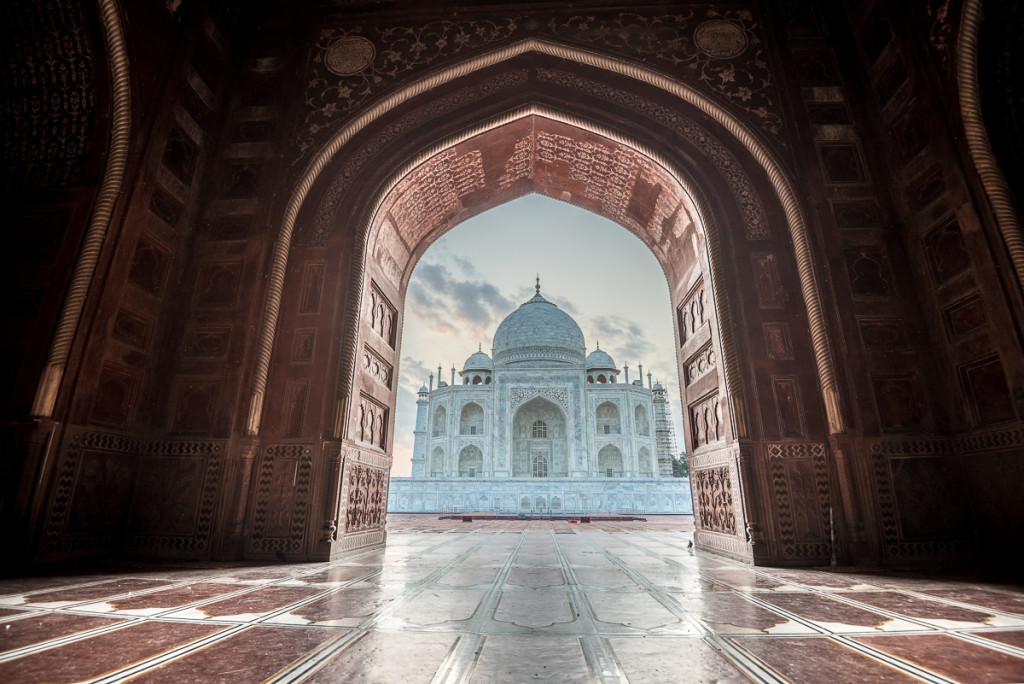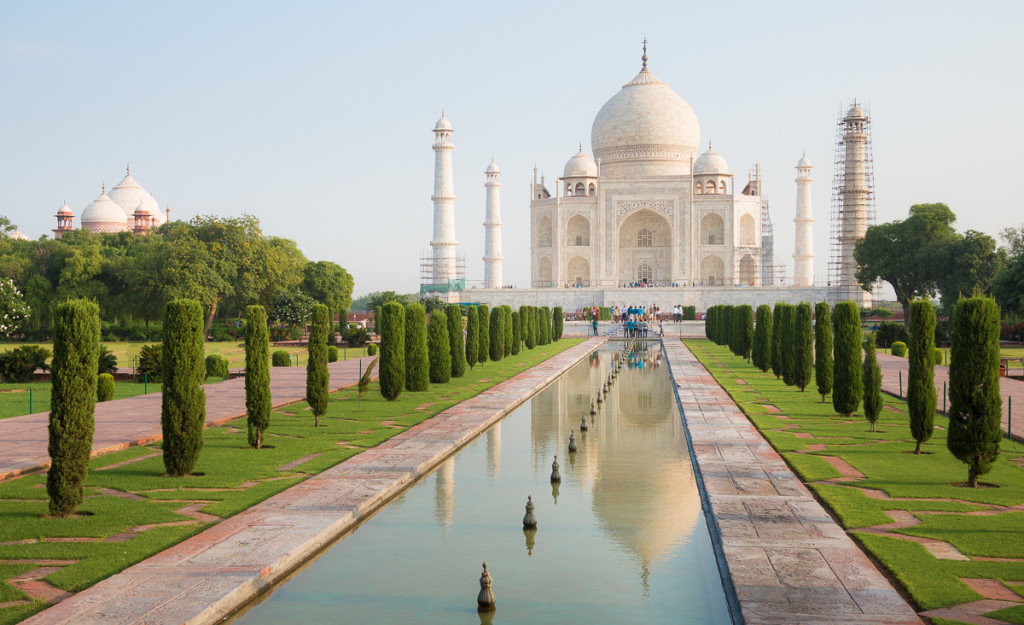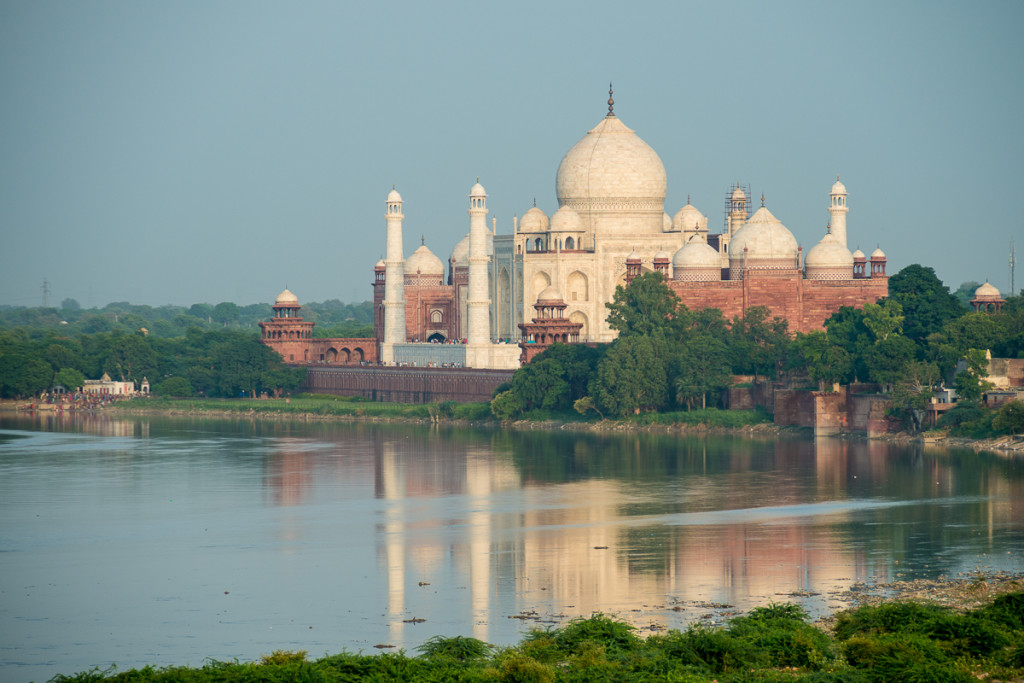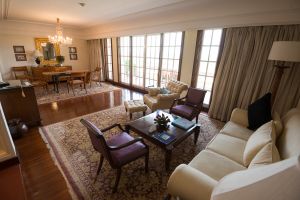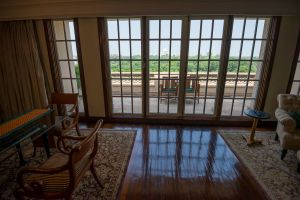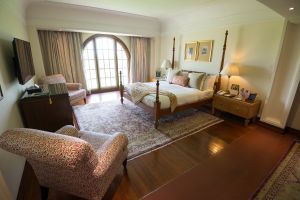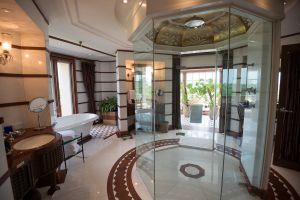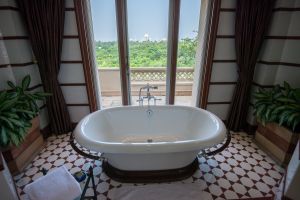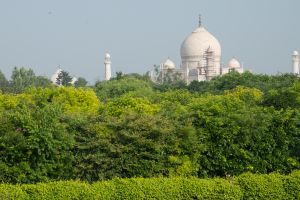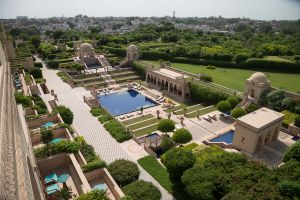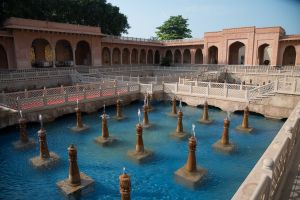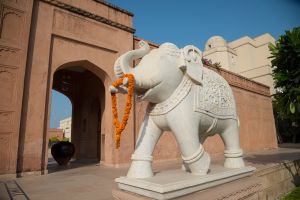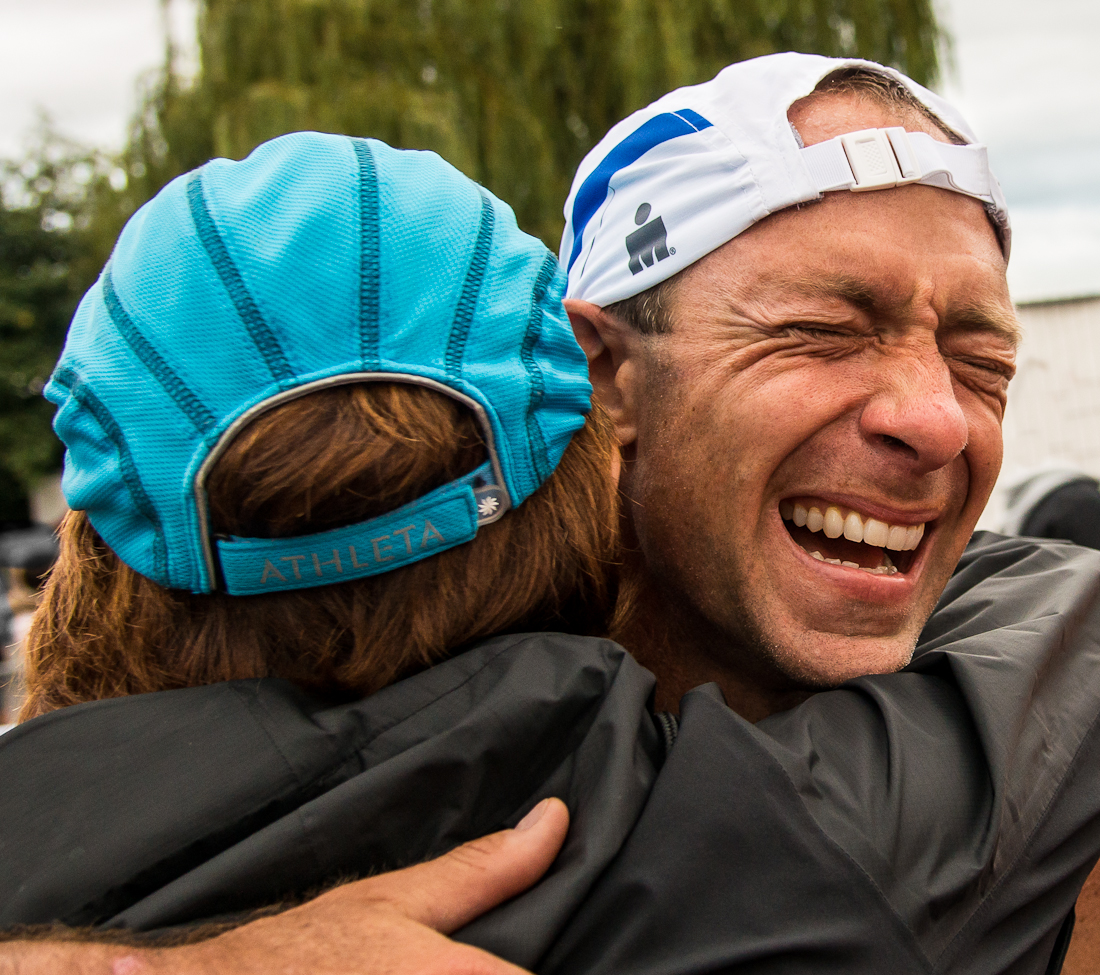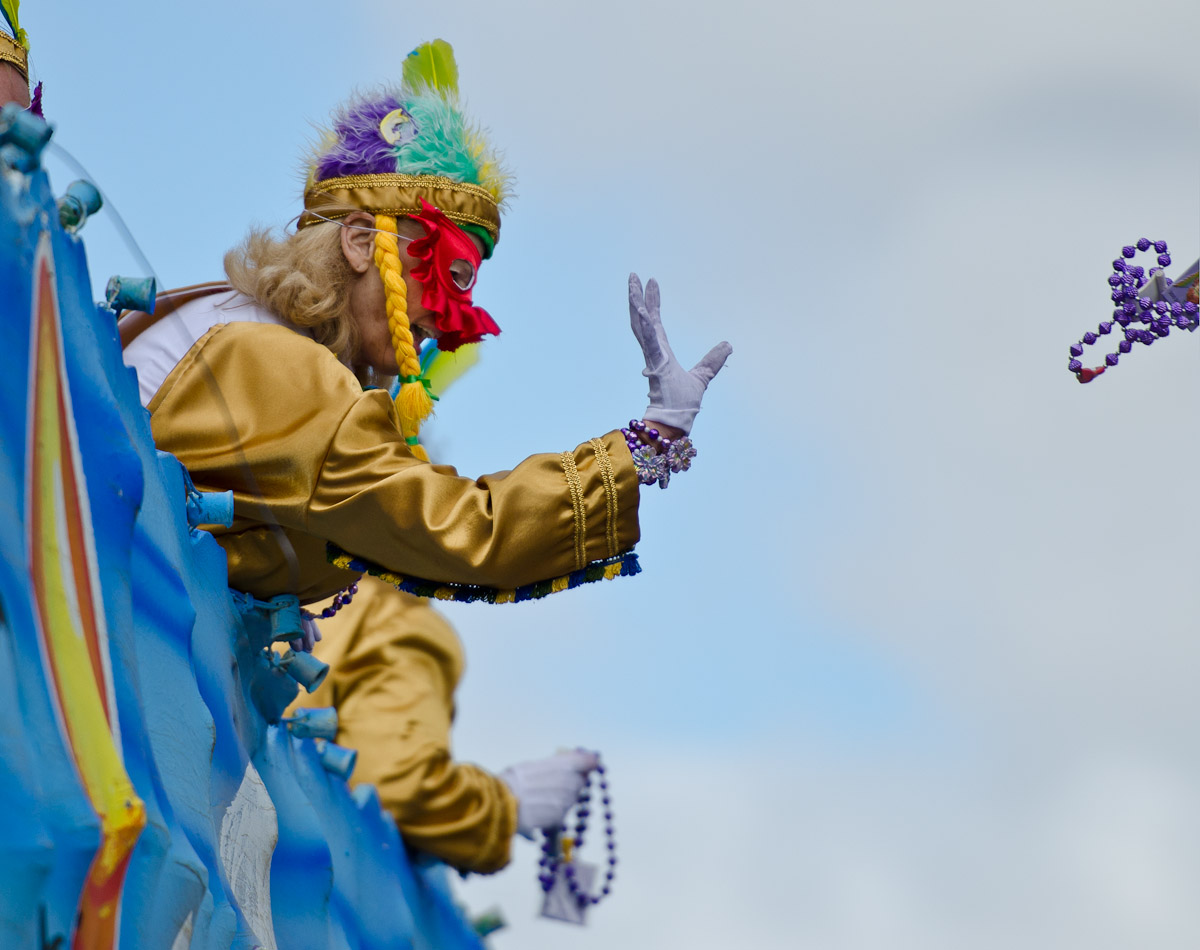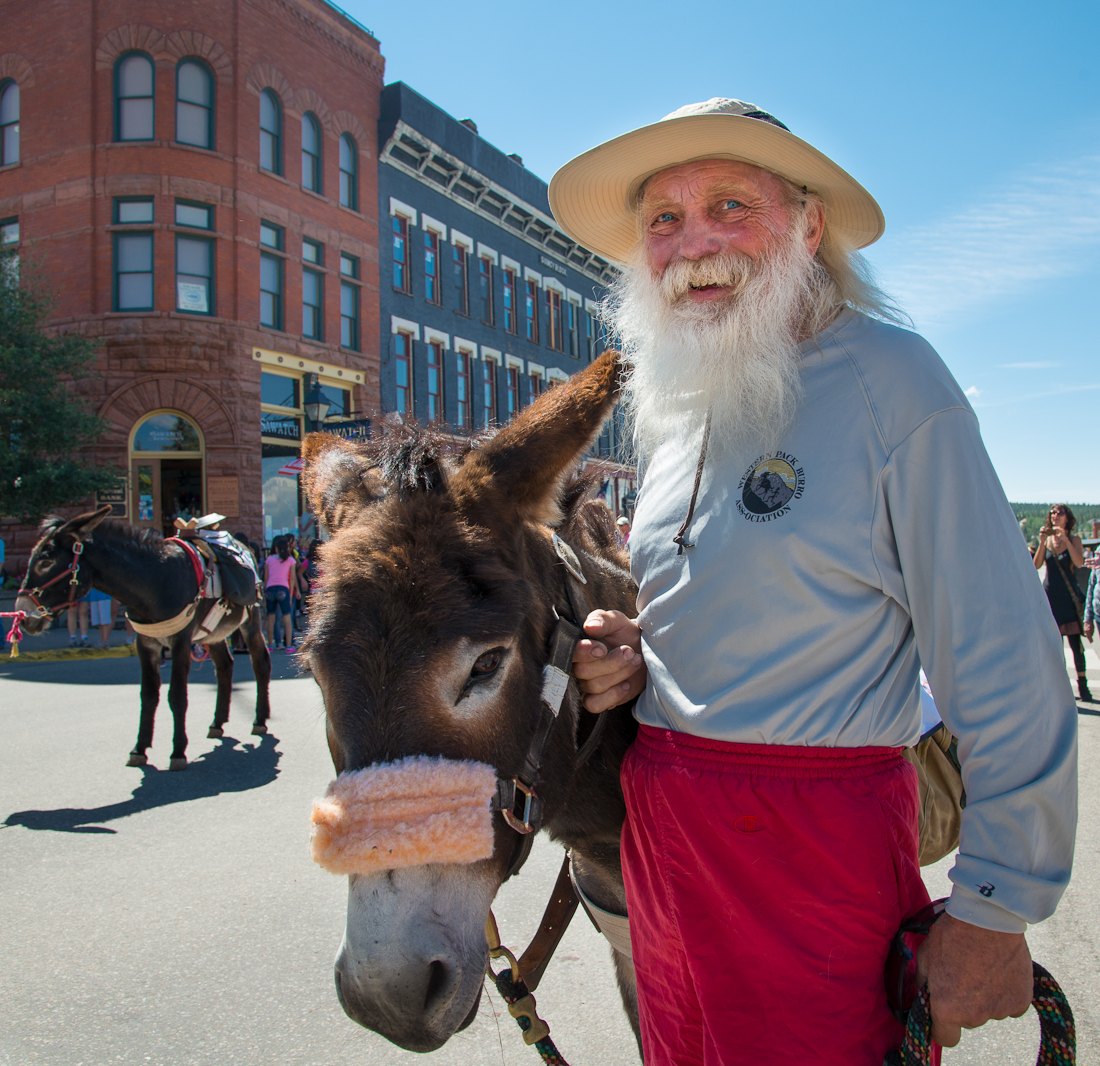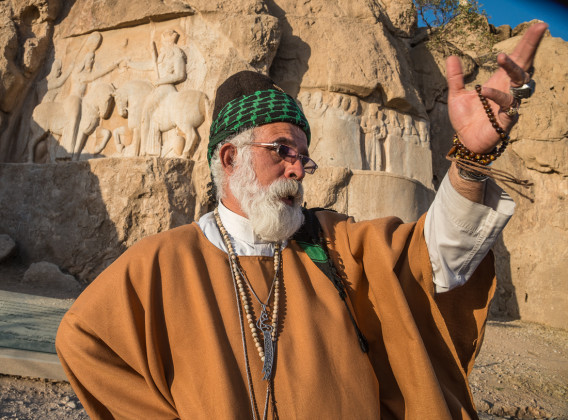
This guy identified himself as Fereydoon. He’s a Sufi “mystic.” We found him philosophizing in front of the tombs of the ancient Persian Kings at Naqsh-e Rustam.
When Alexander the Great conquered Persia and ransacked the palaces of Persepolis in 330BC, it took 20,000 camels and mules to haul off all the looted treasure. His armies then set fires that left the place in ruins – ruins you can still see today just outside the city of Shiraz, Iran.
Persepolis was the ceremonial capital of the Persian Empire. In the 4th to 6th centuries B.C., the empire spanned territory from modern-day Turkey and Iraq in the west to Pakistan and Afghanistan in the east, with ancient Iran right in the middle. If the historians are right, Persepolis was the richest and most luxurious palace complex in the world. One of its palaces was the size of nearly three football fields, with soaring ceilings held up by 65-foot columns, topped with gilded statues.
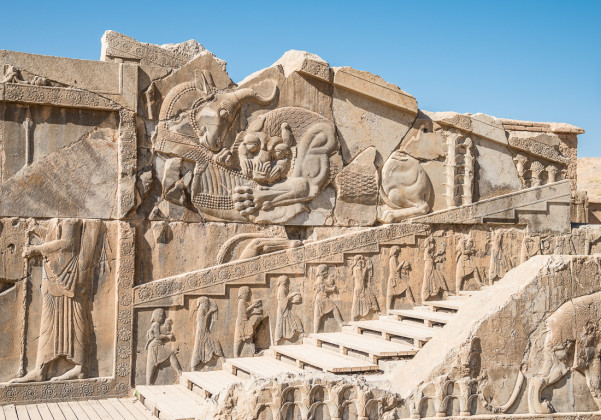
The most pervasive and iconic image at Persepolis: A lion attacking a bull. Supposedly it symbolizes day (lion) attacking and defeating night (bull). The big ceremonies at Persepolis were on the first day of spring — the time of year when “day” first becomes longer than “night.”
Cyrus the Great founded and expanded the Achaemenid Empire in about 550BC. Notwithstanding his aggressive imperial conquests, he’s mentioned several times in the Old Testament as the heroic, benevolent king who freed the ancient Jews from their enslavement in Babylon. Cyrus’ successors included Xerxes I and II, and Darius I, II, and III, the last of which was in power when Alexander pushed his way eastward from Macedonia.
Cyrus’s 2500-year-old tomb is still standing in Pasagarde, about 25 miles (as crows fly) away from Persepolis. Xerxes I and Darius I & II are buried in hillside tombs at nearby Naqsh-e Rustam.
The beige of the hillside sculptures at Naqsh-e Rustam made for relatively bland photography — until a Sufi “mystic” named Fereydoon walked up. Fereydoon was impeccably dressed with a perfect beard, lots of jewelry, and a black and green hat. He apparently travels around the country just sharing his philosophy and wisdom. So he was eager to talk (except that he was also eager to take a minute for another cigarette). A lot was surely lost in translation. Other than a general endorsement of peace and unity and the like, about all I could really understand (I think) was his point that we spend too much of our energy defending and fighting about identities that we did not even choose. That is, groups of people fight because they are of differing religions, nationalities, races, or tribes, but we are all just randomly born into one group or the other. We fight for our team, even though we didn’t even get to choose which team we were on. Or something like that.
In any event, he was a colorful character and he didn’t mind having his picture taken. At one point he stepped back and paused the conversation, lifted his head, let out a whoop-like shout and then stood motionless for a few seconds. I was sufficiently startled that I failed to get a picture of this happening. He later explained that sometimes he’s just “moved” to do that. I wasn’t sure what it was that moved him. I’m assuming that’s just how you roll when you’re a roving Sufi mystic.
